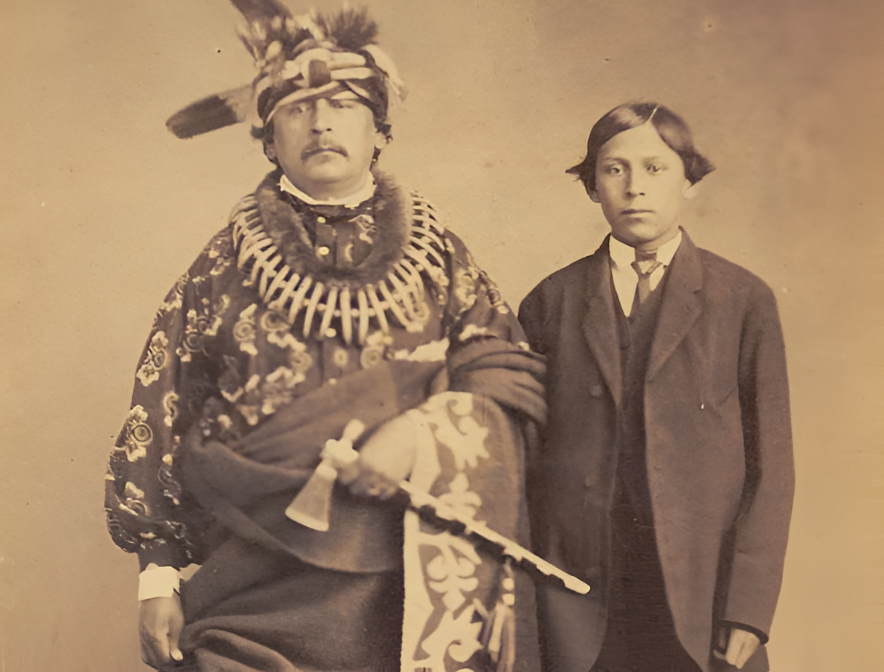Black Hawk's Tribe
The Sauk—an American Indigenous people—have a rich history. From their beginnings on the Eastern Seaboard through their rise as a resource-rich and powerful Plains nation, the Sauk helped to shape America.

Who Are The Sauk People?
The Sauk are a tribe of American Indigenous people. They are part of the Algonquian language group. It's believed that the tribe initially formed along the Saint Lawrence River in present-day New York.
 Frank Rinehart, Wikimedia Commons
Frank Rinehart, Wikimedia Commons
Sauk Or Sac
Indigenous groups that interacted with the Sauk referred to them by various names. The Ojibwa, for instance, called them Ozaagii(-wag). After contact, Europeans transliterated Ozaagii(-wag) as "Sac" (French) and as "Sauk" (English).
 Karl Bodmer, Wikimedia Commons
Karl Bodmer, Wikimedia Commons
Westward Movement
Over the centuries, the Sauk were driven west by other Indigenous groups and non-Indigenous settlers. It's believed that they spent time living in the Saginaw Bay area, where they prospered, before moving further west. Today, they are dispersed, living in Iowa, Kansas, Nebraska, and Oklahoma.
Earliest History Is Unclear
Like other Indigenous people, the early Sauk relied on oral history to preserve their stories. Written historical records about the Sauk did not appear until after the tribe made contact with Europeans in the mid-1600s. As a result, the earliest history of the Sauk people is somewhat unclear.
 Missouri Historical Society, Wikimedia Commons
Missouri Historical Society, Wikimedia Commons
The First Migration
It's believed that the Sauk left the Saint Lawrence River area in the early 1600s, to begin their migration west. It's likely that the Iroquois, who lived in the region, drove the Sauk out, wanting control of the area's rich hunting grounds.
Saginaw Bay
After leaving their home territory in present-day New York, it's believed that the Sauk migrated to the Saginaw Valley in eastern Michigan. However, there is some debate over whether the Sauk lived in this area.
 Skinner Alanson, Wikimedia Commons
Skinner Alanson, Wikimedia Commons
Yellow-Earth People
One piece of evidence that points to the Sauk residing in the Saginaw Valley is their endonym (the name they used to identify themselves). The Sauk called themselves "Asaki-waki/Oθaakiiwaki", which translates as "people of the yellow earth" or "yellow-earth people". The soil around Saginaw Bay is yellow in color.
 Thomas Martin Easterly, Wikimedia Commons
Thomas Martin Easterly, Wikimedia Commons
Land Of The Sauks
It's also possible that the word "Saginaw" directly refers to the Sauk. Some believe that "Saginaw" is the transliteration of the Ojibwa term for the region, "O-Sauk-e-non", which means "land of the Sauks".
 Archives of Ontario, Wikipedia Commons
Archives of Ontario, Wikipedia Commons
Prosperity In The Mid-1600s
Regardless of the precise location of the Sauk after they left the Saint Lawrence River area, they prospered in the mid-1600s. During this era, the Sauk were primarily a sedentary, agricultural people organized into small villages.
Tensions In The Valley
The Sauk flourished in the resource-rich Saginaw Valley while the Ojibwa struggled in the harsher climate north of Saginaw Bay. Keen to take the Sauk's territory from them, the Ojibwa allied with the Odawa, who lived south of the Sauk.
 Jaawano, CC BY-SA 3.0, Wikimedia Commons
Jaawano, CC BY-SA 3.0, Wikimedia Commons
Hostilities Erupt
Beginning around 1638 and lasting for about two years, the Ojibwa and Odawa engaged in hostilities with the Sauk. The result was devastating for the Sauk, who lost many members of their tribe.
 Unknown Author, Wikimedia Commons
Unknown Author, Wikimedia Commons
The Second Migration
Around 1640, those Sauk who survived the hostilities withdrew from the Saginaw Valley. They once again moved west, into present-day Wisconsin and Illinois.
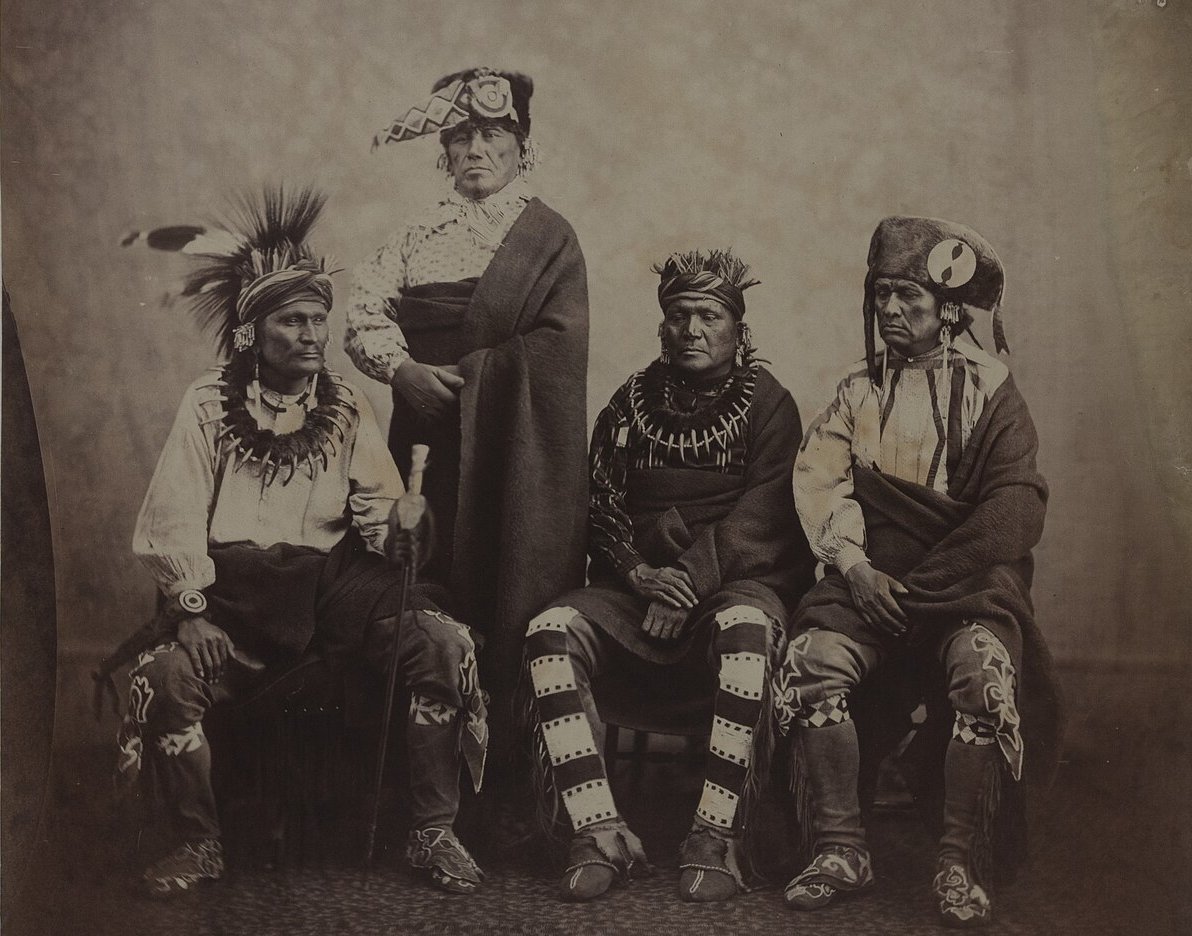 Missouri Historical Society, Wikimedia Commons
Missouri Historical Society, Wikimedia Commons
Green Bay Settlement
The Sauk settled into the area around present-day Green Bay, Wisconsin. This is considered their historical territory. While living in the region, they developed several alliances that shaped their future.
 National Museum of Denmark, CC BY-SA 2.0, Wikimedia Commons
National Museum of Denmark, CC BY-SA 2.0, Wikimedia Commons
The Illinois Confederation
Once in the Green Bay region, the Sauk took up residency near the Illinois Confederation. It's believed that the Illinois occupied a vast territory, stretching from present-day Lake Michigan westerly into Iowa and southerly into Arkansas.
 George Catlin, Wikimedia Commons
George Catlin, Wikimedia Commons
Coalition Against The Illinois
With an eye on the Illinois' territory, the Sauk joined a loose coalition of nearby tribes. The Sauk allied with the Dakota, Ho-Chunk, Ojibwa, Odawa, Potawatomi, Kickapoo, and Meskwaki (Fox). The coalition cooperated with the Shawnee, Cherokee, and Choctaw to drive the Illinois from their territory.
 Henry Hamilton Bennett, Wikimedia Commons
Henry Hamilton Bennett, Wikimedia Commons
Alliance With The Fox
Of all the tribes the Sauk allied with, they became closest to the Fox. The two groups had similar histories and spoke very similar Algonquian languages. They became so close that Europeans assumed they were one homogenous tribe. By the 1800s, the United States government considered the two tribes as a single group.
 SMU Central University Libraries, Wikimedia Commons
SMU Central University Libraries, Wikimedia Commons
Semi-Sedentary Lifestyle
From their beginnings and into the 19th century, the Sauk were primarily semi-sedentary. From spring until fall, they lived in established villages, where they built large permanent longhouses. Each house accommodated several families. In the winter, they dispersed to follow the hunt, particularly the bison.
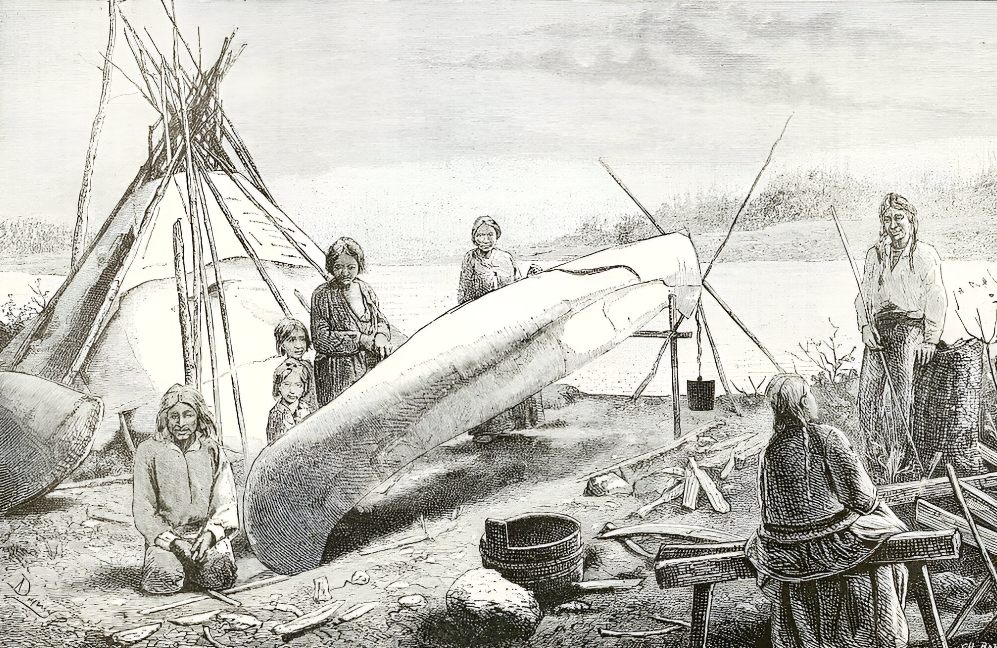 Ridpath, John Clark, Wikimedia Commons
Ridpath, John Clark, Wikimedia Commons
Agricultural Work
While in the villages, the Sauk engaged in agriculture, growing crops such as corn, beans, and melons. Once well-established at a particular location, they cultivated hundreds of acres. In addition to providing enough produce for their people, the Sauk traded agricultural goods with nearby tribes and Europeans.
 Roland W. Reed, Wikimedia Commons
Roland W. Reed, Wikimedia Commons
Women's Work
Women were primarily responsible for agricultural work among the Sauk. They often established small temporary living quarters in the fields, so that they didn't have to travel back and forth from the villages.
European Contact
It's likely that French explorers first heard of the Sauk in the early 1600s. However, there are no surviving European records about the Sauk before 1667, when a Jesuit priest wrote about them.
 mideastimage, Wikimedia Commons
mideastimage, Wikimedia Commons
Marquette And Joliet
In 1673, the Jesuit Father Jacques Marquette and the French fur trader Louis Joliet set out on an expedition from Lake Michigan to Arkansas. As they explored, they opened up the territory—including that held by the Sauk—to the French fur trade.
 Wilhelm Lamprecht, Wikimedia Commons
Wilhelm Lamprecht, Wikimedia Commons
Relationships With The English And French
After initial contact, the Sauk established good relationships with both English and French fur traders travelling through their territory. This changed as tensions escalated between the Fox and the French.
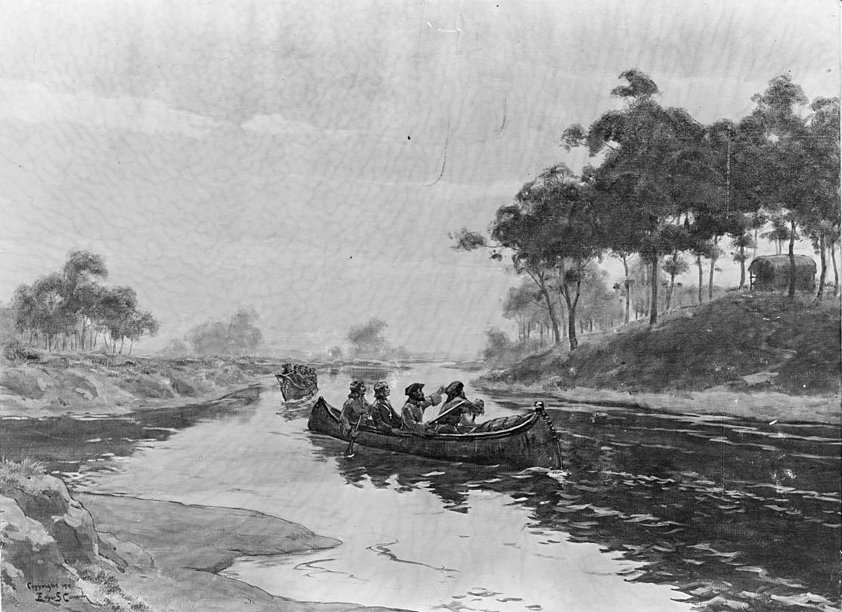 Library of Congress, Wikimedia Commons
Library of Congress, Wikimedia Commons
Tension Between The Fox And The French
The Fox were resistant to the French fur trade in their territory. The Fox controlled the Fox River system, a key waterway for fur traders who wanted to access the Mississippi River. As tensions escalated between the Fox and the French, the Sauk—as allies of the Fox—were drawn into the conflict.
 Charles Bird King, Wikimedia Commons
Charles Bird King, Wikimedia Commons
The Fox Wars
From 1712 to 1733, the Fox and their allies battled with the French for control of the Fox territory. After a particularly devastating battle in 1730, the Fox tribe was nearly wiped out. The survivors were absorbed into the Sauk tribe, which became subject to increasing French aggression.
 Internet Archive Book Images, Wikimedia Commons
Internet Archive Book Images, Wikimedia Commons
The Third Migration
In 1733, the Sauk and Fox realized that they needed to withdraw from their traditional territory to save themselves from the French. Once again, they moved to a new territory—southwards into present-day Iowa and Kansas.
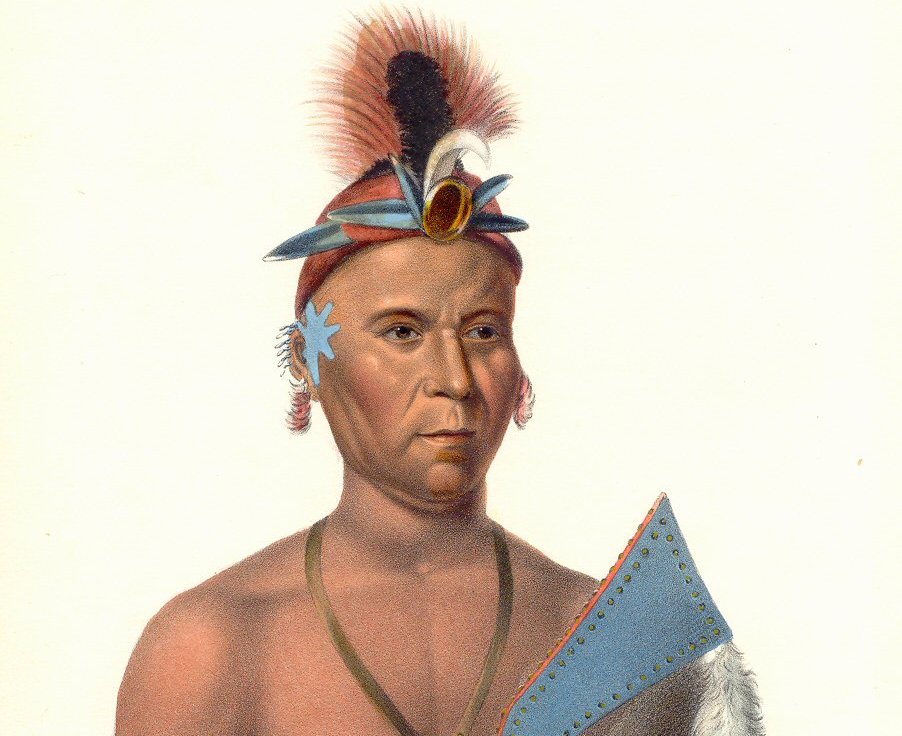 Charles Bird King, Wikimedia Commons
Charles Bird King, Wikimedia Commons
British Allies
Because of French aggression in the 18th century, the Sauk developed close ties with the British since the British were traditional rivals of the French. These ties extended into the 19th century, when many Sauk and Fox warriors supported the British during the War of 1812.
The Sauk In The 18th Century
After moving south into present-day Iowa and Kansas, the Sauk and Fox resumed their semi-sedentary lifestyle. Agriculture and the hunt remained important to the survival of the tribe.
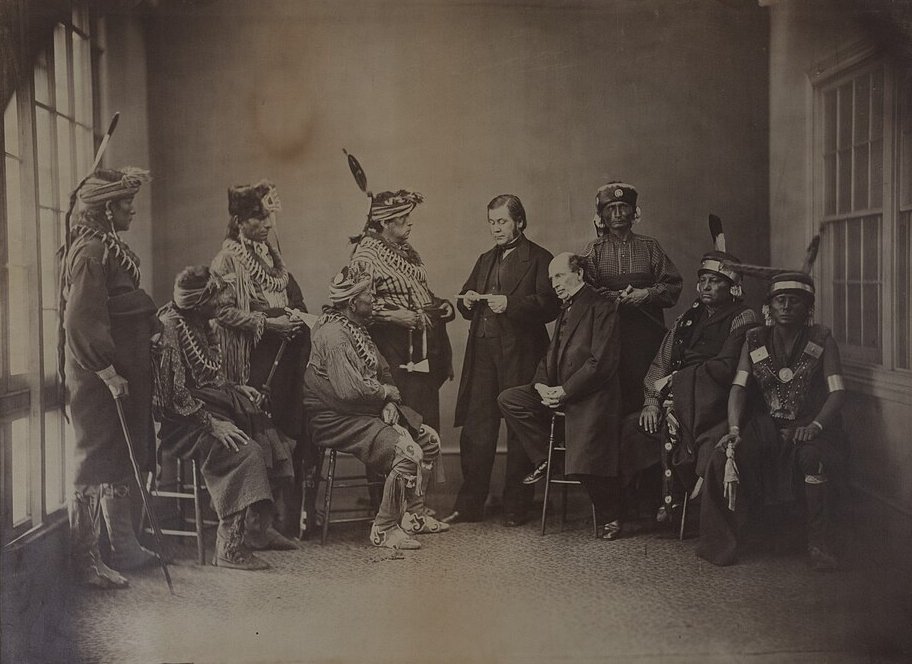 Missouri Historical Society, Wikimedia Commons
Missouri Historical Society, Wikimedia Commons
Spanish Horses
18th-century historical sources note that the Sauk travelled down to New Mexico to purchase horses from the Spanish. Much like other Indigenous groups residing on the American plains, the Sauk relied on horses for transportation, hunting, and warfare.
 Alfred Jacob Miller, Wikimedia Commons
Alfred Jacob Miller, Wikimedia Commons
The Dawn Of The 19th Century
As America moved into the 19th century, non-Indigenous people increasingly pushed west. This created pressure on Indigenous people who resided in the area. The United States government stepped up treaty negotiations to open up the territory to White settlement.
 Unknown Artist, CC BY 4.0, Wikimedia Commons
Unknown Artist, CC BY 4.0, Wikimedia Commons
The Sauk Treaties
The Sauk signed several treaties with the American government. The first was signed in 1789 and many others followed in the 19th century.
 U.S. National Archives and Records Administration, Picryl
U.S. National Archives and Records Administration, Picryl
The First Treaty Of Saint Louis
In 1804, Sauk chiefs signed the first Treaty of Saint Louis. It's generally acknowledged that the chiefs were coerced into signing the treaty. They ceded over 50 million acres of Sauk and Fox territory in exchange for a small annuity. When the chiefs returned home, many Sauk people refused to acknowledge the treaty as valid.
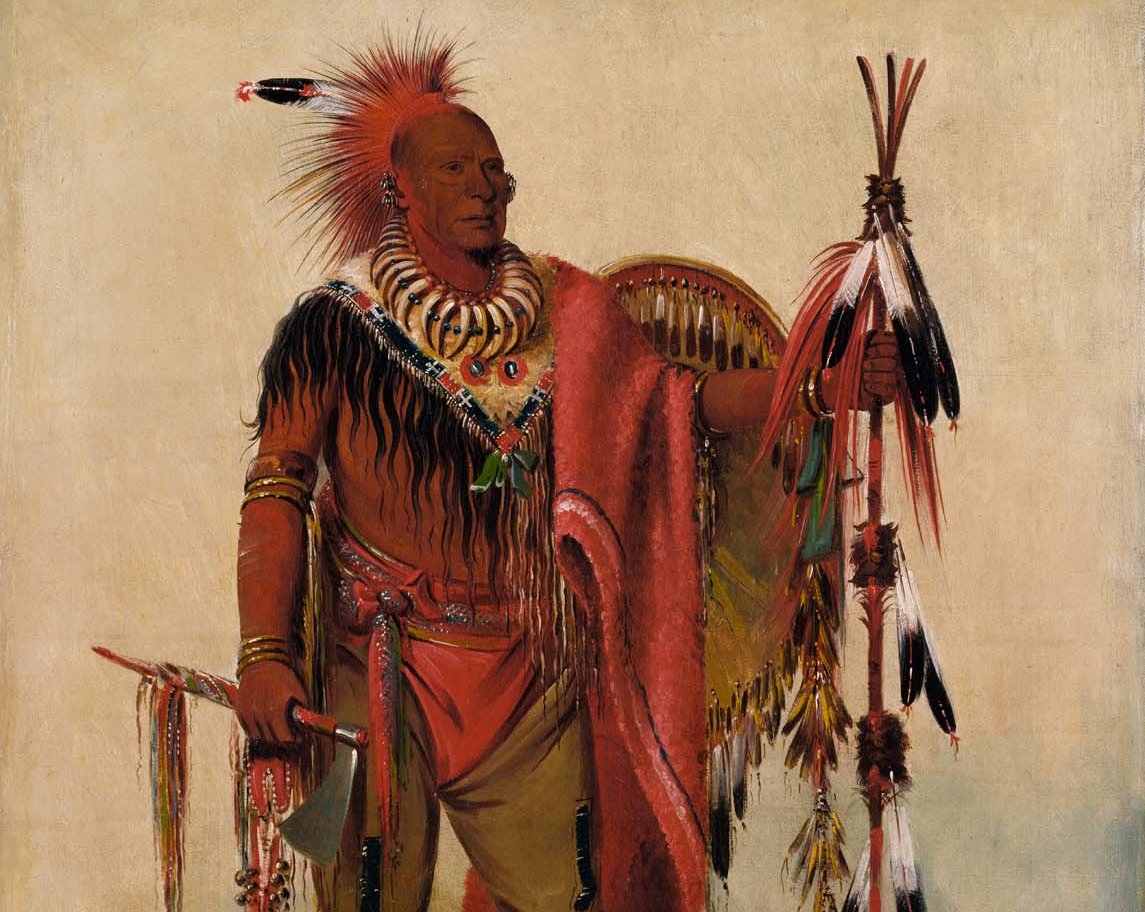 George Catlin, Wikimedia Commons
George Catlin, Wikimedia Commons
The First Treaty Of Prairie Du Chien
In 1825, the United States government signed a treaty with several Plains tribes including the Sauk and Fox, Sioux, Menominee, Ioway, Winnebago, and Anishinaabeg (the Chippewa, Odawa, and Potawatomi). Known as the First Treaty of Prairie du Chien, the agreement established recognized territories for each of the tribes in an attempt to quell intertribal conflict.
 British Museum, Wikimedia Commons
British Museum, Wikimedia Commons
Sauk Struggles
The treaties that the Sauk signed in the early 19th century resulted in a significant loss of territory and restricted them to infertile lands that were not sufficient for their agricultural and hunting needs. As a result, the Sauk began to experience starvation and poverty since they no longer had agricultural products to trade.
Black Hawk
Born around 1767, Black Hawk became an important leader of the Sauk people. An established warrior, Black Hawk fought for the British during the War of 1812. He hoped that by siding with the British, American settlers would be pushed back.
 Internet Archive Book Images, Wikimedia Commons
Internet Archive Book Images, Wikimedia Commons
Defiance Of The Treaties
In 1831, the Sauk faced widespread starvation. Not only was the land too infertile to support them, but supplies the tribe expected to get from the American government on credit never materialized. Although the First Treaty of Prairie du Chien stipulated that the tribe stay on the west side of the Mississippi River, Black Hawk led his people back onto the east side, where the land was more fertile.
 Lincoln Financial Foundation Collection, Picryl
Lincoln Financial Foundation Collection, Picryl
Return To Established Territory
Alarmed by the arrival of the Sauk into their newly-claimed territory, non-Indigenous settlers appealed to the Illinois state government for help. But when troops arrived to escort the Sauk back to the west side of the river, they found that the Sauk had already deserted the area, leaving behind their homes and newly-sown crops.
In Search Of Sustenance
The Sauk continued to struggle after they returned to the west side of the river. As a result, Black Hawk once again led his people to the east side of the Mississippi in 1832, hoping to tap into the more fertile lands.
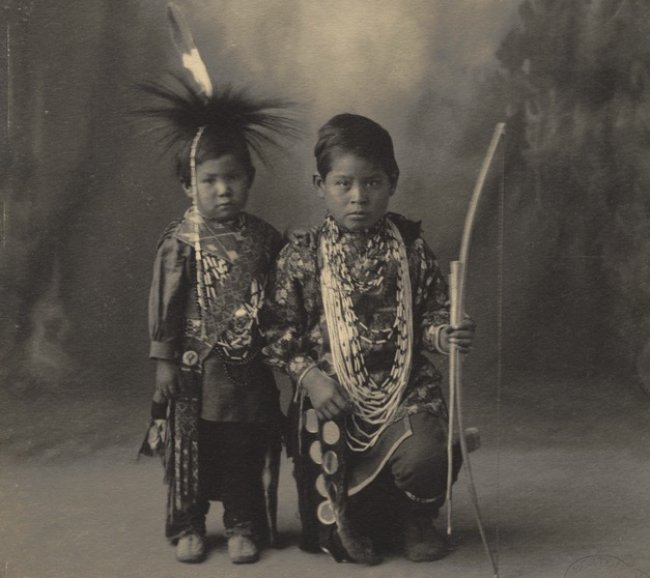 Boston Public Library, Wikimedia Commons
Boston Public Library, Wikimedia Commons
Black Hawk War
The United States government believed that the Sauk intended to open hostilities with the non-Indigenous settlers on the east side of the Mississippi. A frontier militia was mobilized. It advanced on the Sauk and opened fire on a Sauk delegation in May 1832, setting off the Black Hawk War.
 Internet Archive Book Images, Wikimedia Commons
Internet Archive Book Images, Wikimedia Commons
Battle Of Bad Axe River
Although Black Hawk and his men held off the Americans for several months, the tribe faced a devastating loss during the Battle of Bad Axe River in August 1832. At least 260 Sauk lost their lives as they attempted to cross back over the Mississippi River. This incident effectively ended the hostilities.
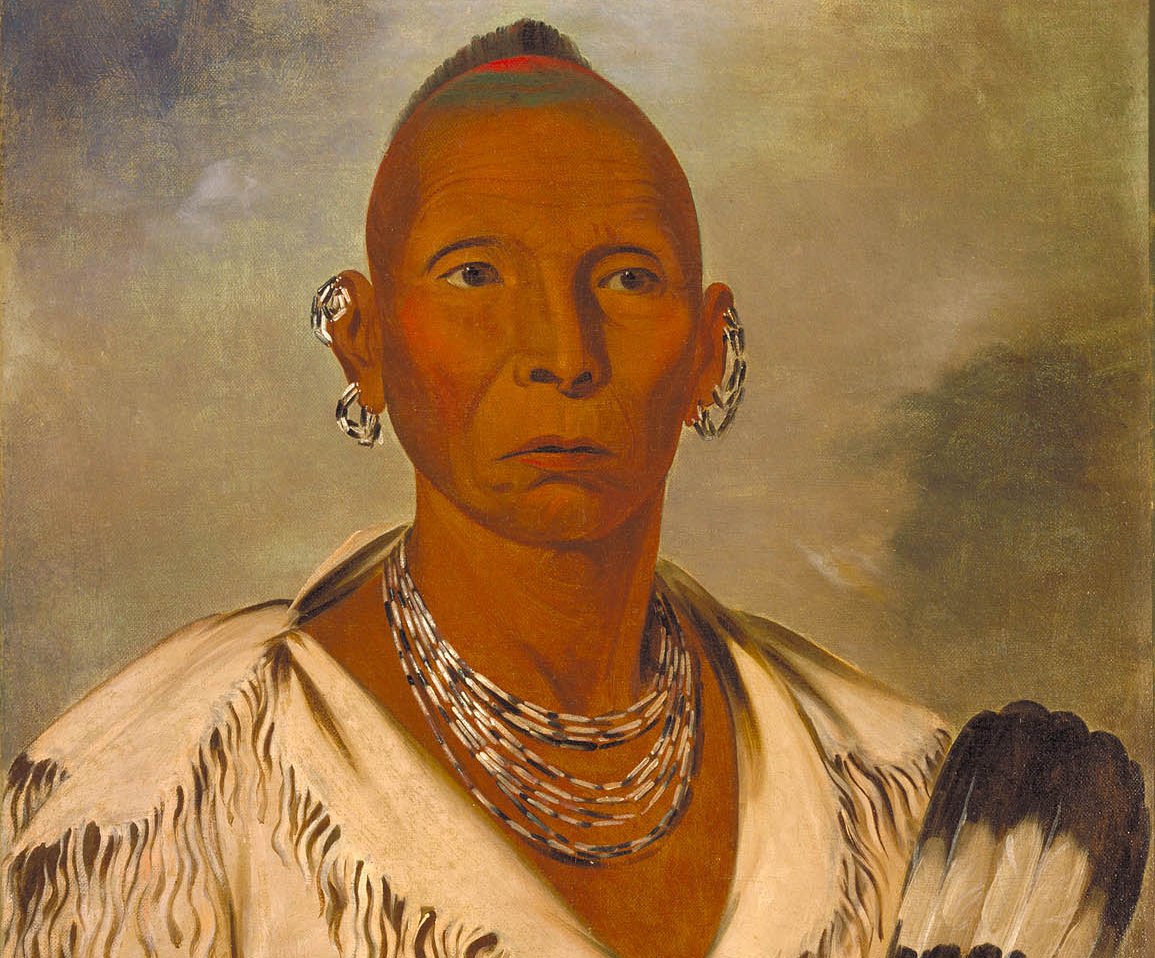 George Catlin, Wikimedia Commons
George Catlin, Wikimedia Commons
Black Hawk Purchase
Following their defeat in 1832, the Sauk and Fox, along with the Winnebago, ceded 6 million acres of their territory to the United States government. Known as the Black Hawk Purchase, the agreement forced the tribes to give up their rights to plant, hunt, or fish on the ceded land.
 Smithsonian American Art Museum, Picryl
Smithsonian American Art Museum, Picryl
The Sauk In Oklahoma
The Sauk and Fox were coerced to move three times between 1832 and 1837 as they struggled to manage debt and poverty. In 1869, the tribe relocated for the last time. Although they are somewhat dispersed today, a large number now live in Oklahoma as the federally-recognized Sac and Fox Nation.
You May Also Like:
The Greatest Of The American River Tribes
Historical Photos Of America’s Deadliest Tribe
The Lost Tribe At The Center America's Greatest Mystery
Source: 1









